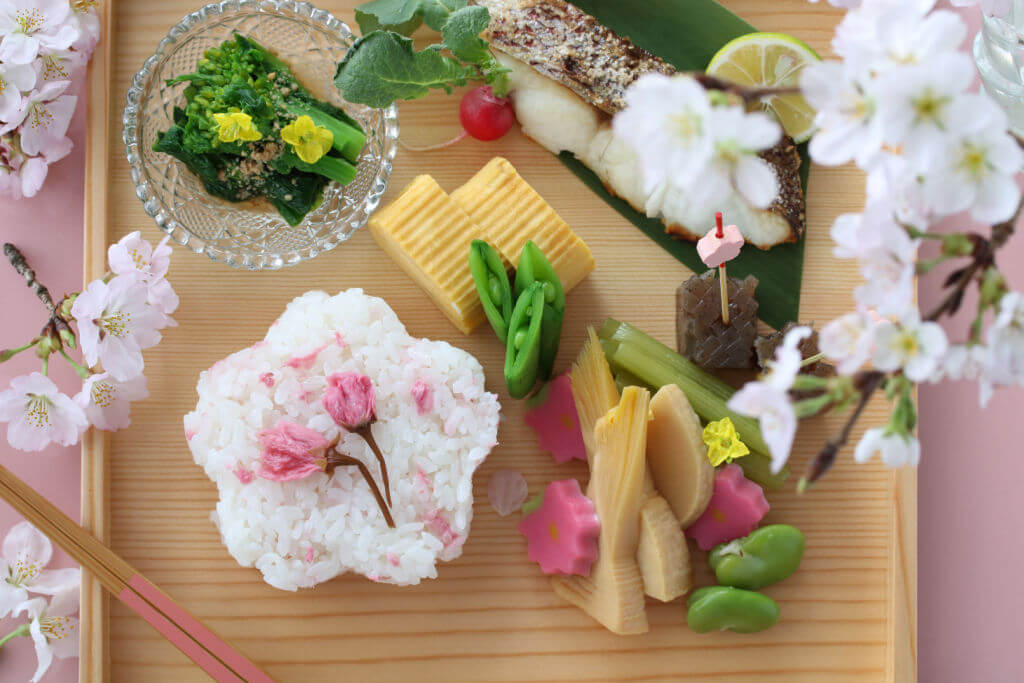Welcome to the enchanting world of pickled Japanese cherry blossoms! As spring paints the landscape of Japan in vibrant hues of pink, locals indulge in a centuries-old tradition of preserving these delicate flowers. Join us on this journey as we unlock the secrets of this salty delicacy.
Table of Contents
ToggleJapan’s History of Pickling
Japan’s history of pickling spans centuries and is deeply rooted in culinary traditions. Introduced from China during the Nara period (710-794), pickling served initially as a preservation method for vegetables and fish. However, it evolved into an art form celebrated for enhancing flavors and creating unique taste profiles.
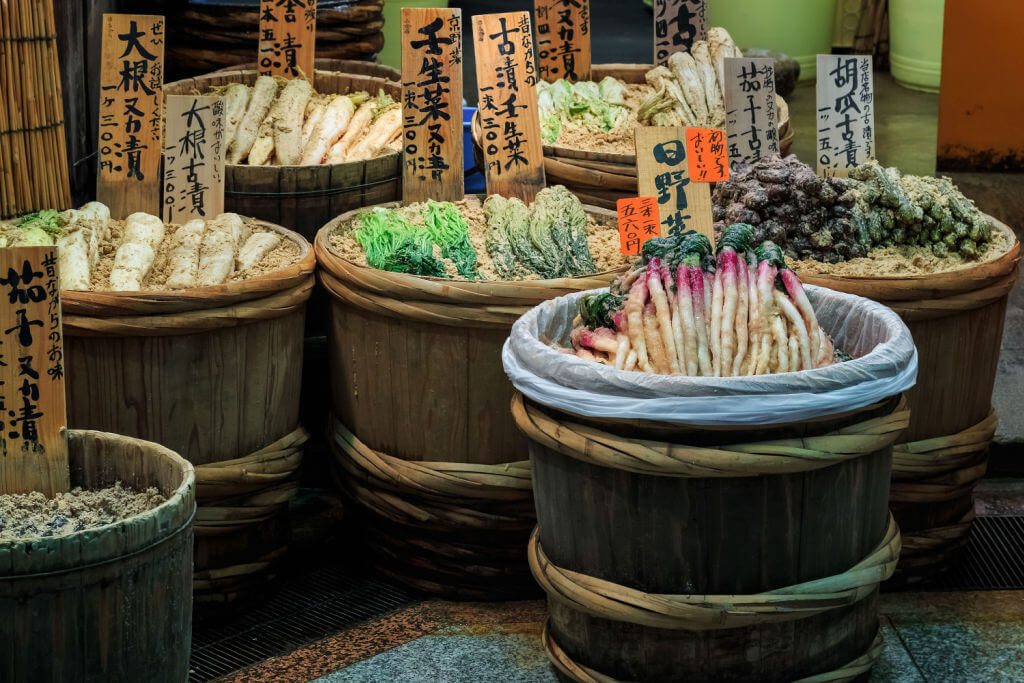
Today, pickling in Japan represents a fusion of craftsmanship and culinary excellence, where a careful selection of ingredients creates a balance of salt, vinegar, and other seasonings, resulting in exquisite flavors.
To summarize, the art of pickling cherry blossoms shows Japan’s respect for nature and the fleeting beauty of these delicate flowers. Cherry blossoms are carefully chosen at their peak beauty and gently treated before being dunked in a brine solution.
This process captures the essence of the blossoms, allowing their enjoyment throughout the year, from pickled vegetables and fish to cherry blossoms. Japanese pickling showcases the country’s culinary art and reflects a deep connection to nature. It is a show of love for the rich cultural traditions that have shaped Japan’s cooking techniques, where simplicity and harmony of flavors bloom.
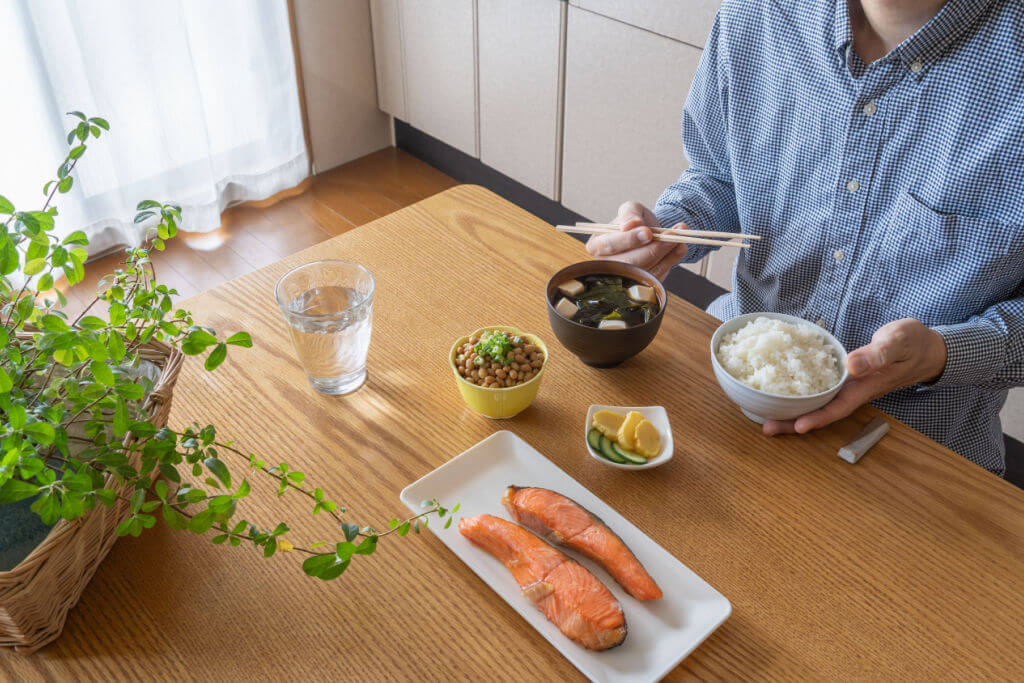
Preserving Cherry Blossoms
When cherry blossoms grace Japan with their breathtaking beauty, locals seize the opportunity to capture and preserve their essence through pickling. This age-old practice allows enthusiasts to extend the moments of spring and savor the delicate flavors and smells year-round. Not to mention, the process involves carefully selecting the freshest sakura blooms, treating them, and submerging them in a brine solution.
Are you looking to try more traditional Japanese snacks? Check out Sakuraco! Sakuraco delivers traditional Japanese snacks, teas, sweets, and snacks from local Japanese makers directly to your door so you can enjoy the latest sweets directly from Japan!
Choosing the right sakura to make salty
Generally, choosing a suitable sakura variety is an essential step in the pickling process. Japan’s two most commonly used varieties for pickling cherry blossoms are Somei Yoshino and Yamazakura. People recognize Somei Yoshino for its pale pink petals and graceful appearance. Therefore, making it the preferred choice for many pickling fans. Its subtle flavor adds a gentle floral note to the pickled sakura, enhancing the overall experience.
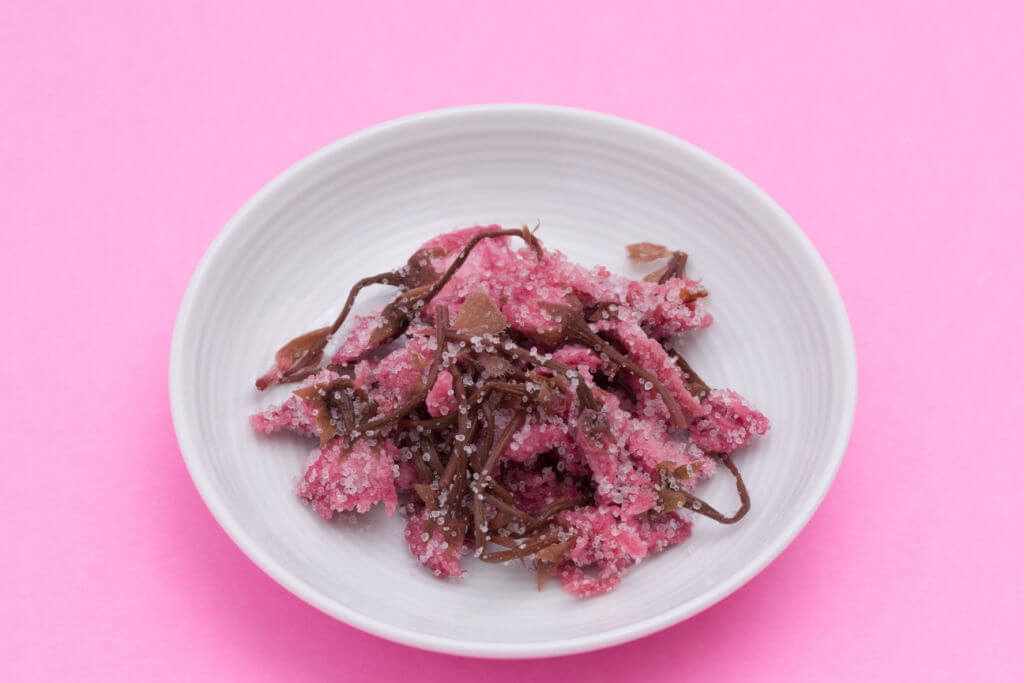
On the other hand, Yamazakura has a darker hue and a richer flavor. This variety brings a bolder and stronger taste to the pickling process, appealing to those who appreciate more robust flavors.
The choice between Somei Yoshino and Yamazakura depends on personal choice and the desired flavor profile. That is to say, Somei Yoshino’s gentle and elegant traits blend well with various culinary creations. In addition, its subtle sweetness and floral essence make it a versatile ingredient that complements sweet, salty, and savory dishes.
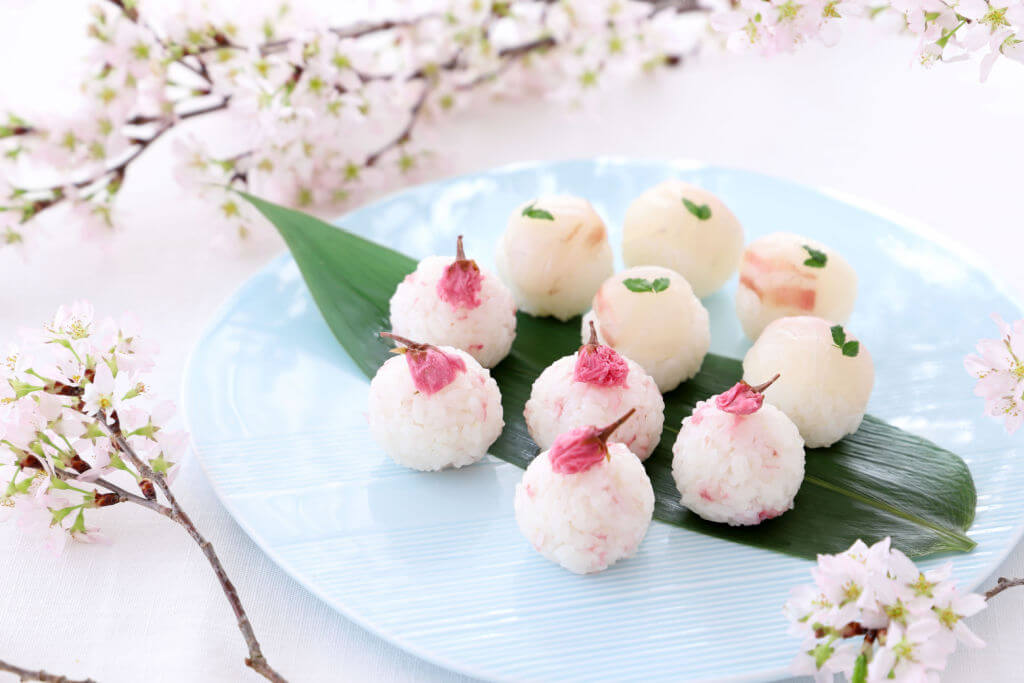
On the other hand, Yamazakura’s deeper flavor profile adds a floral note to the pickled sakura, which can be more enjoyable in specific recipes. The darker color of Yamazakura blossoms also adds an eye-catching appeal when used as a topping or ingredient in various dishes.
Whether you choose the delicate allure of Somei Yoshino or the bold flavor of Yamazakura, both varieties offer a delightful addition to the pickling process.
What can you use pickled sakura for?
Pickled sakura offers many culinary possibilities, adding a touch of floral elegance to various dishes and beverages. In Japanese cuisine, these delicate blossoms are often used as a garnish for traditional sweets such as wagashi (わがし). They add both visual appeal and a subtle floral note. In addition to sweets, you can add pickled sakura to savory dishes. Foods like salads, rice bowls, and even cocktails lend a hint of an elegant experience.
What does salty pickled sakura taste like?
The taste of pickled sakura is a delicate balance of salty, sweet, and floral notes, creating a unique flavor. In addition, the brining process combines the blossoms with a hint of saltiness while the natural sweetness of the flowers shines through.
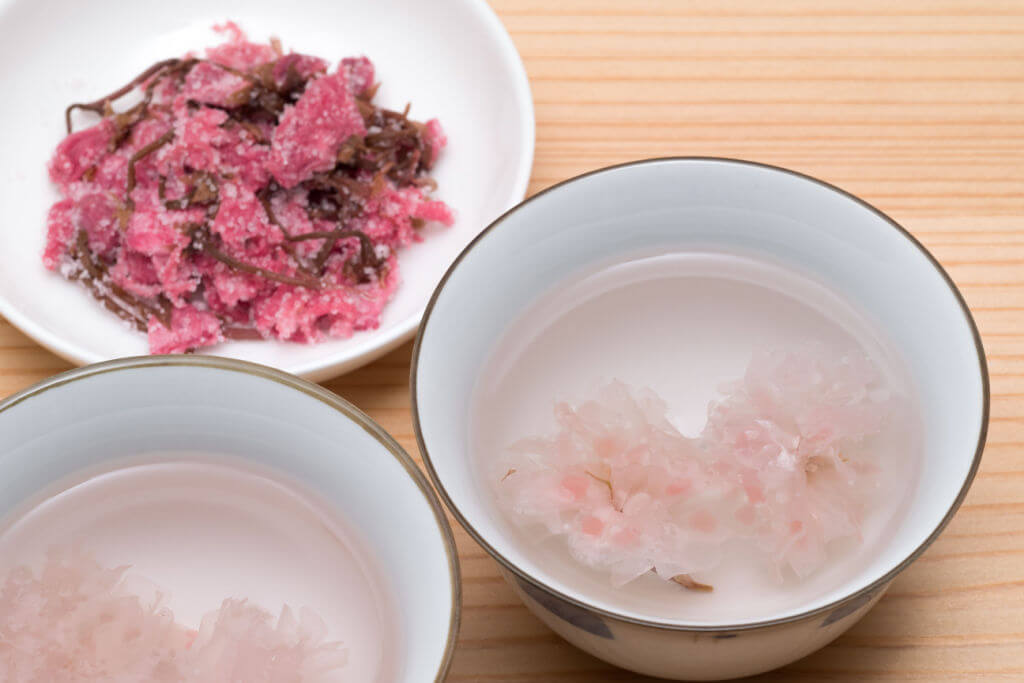
As you bite into pickled sakura, a delightful burst of floral essence will greet you, reminding you of cherry blossoms in full bloom. This excellent combination of flavors creates a perfect bite or sip that captures the essence of Japanese springtime.
The art of pickling cherry blossoms in Japan is a tradition that allows the nation to celebrate the beauty of these delicate flowers year-round, from the rich history of pickling in Japan to preserving cherry blossoms. This practice represents a joining of culinary art and cultural appreciation.
Whether added on top of sweet treats or savory dishes. Pickled sakura invites you to savor the joy of spring with every bite. So, embrace the salty process of pickling Japanese cherry blossoms. Let their delicate salty flavors transport you to a realm of timeless beauty.
Would you try pickled cherry blossoms? Let us know in the comments below!

